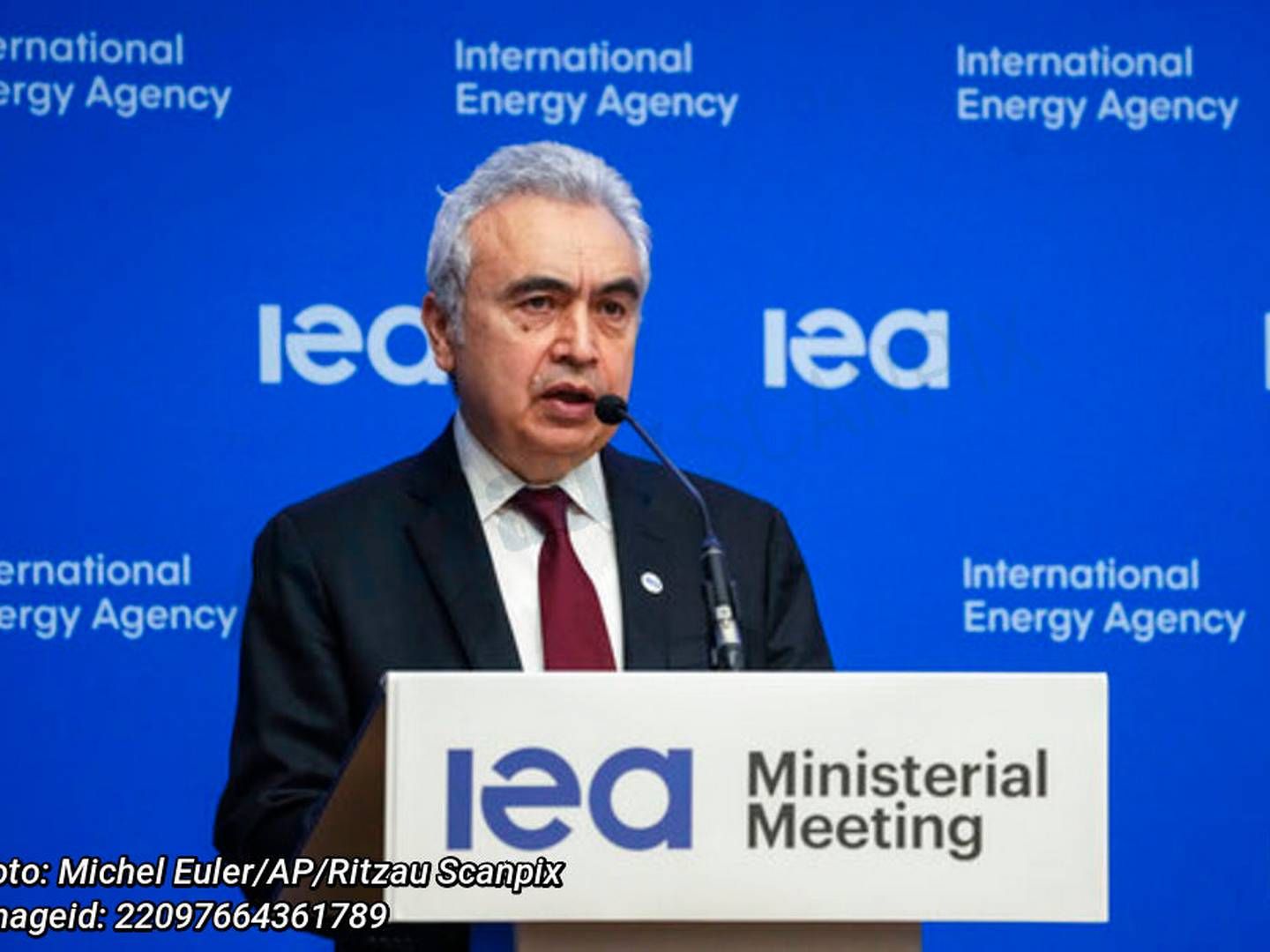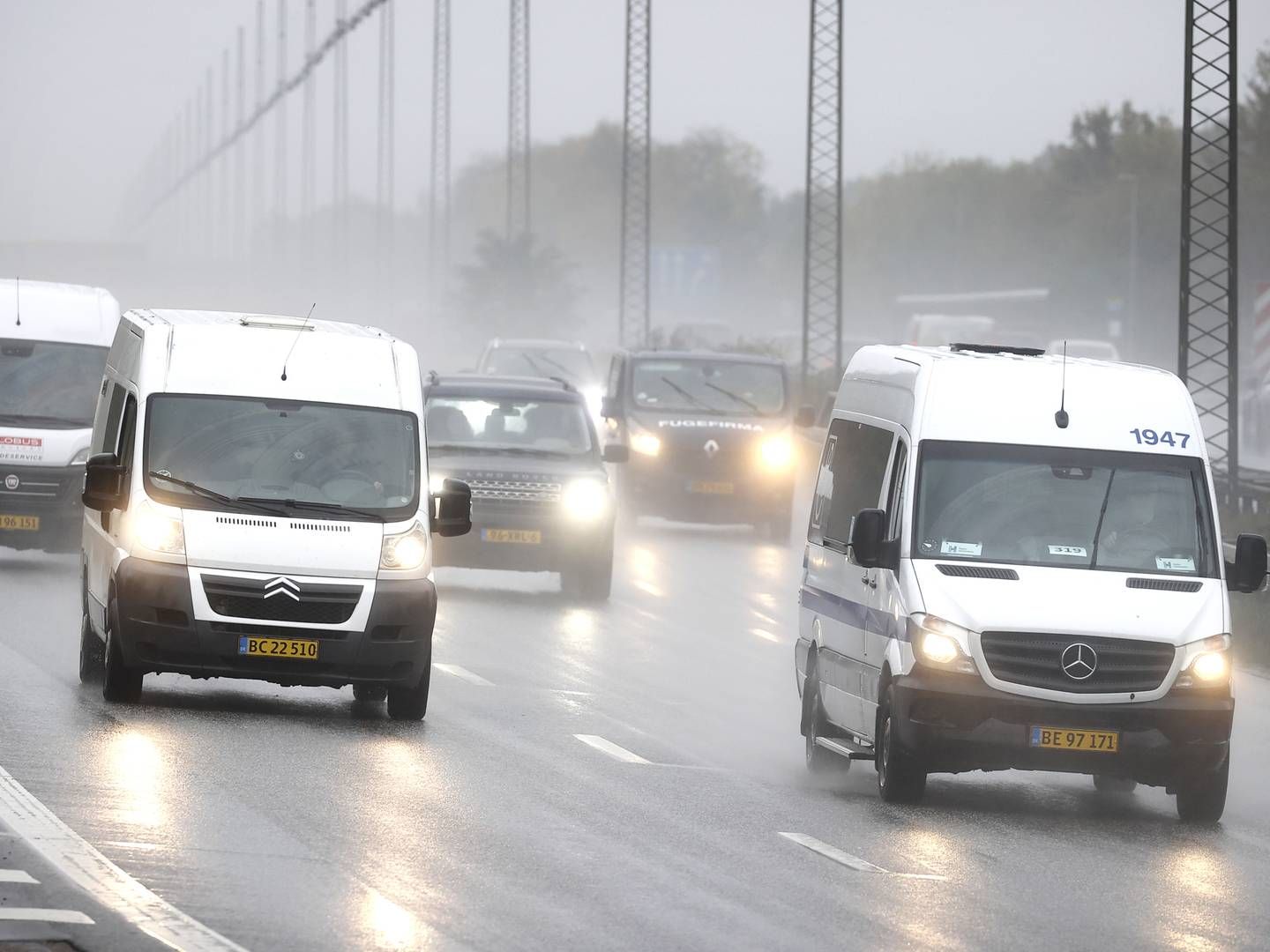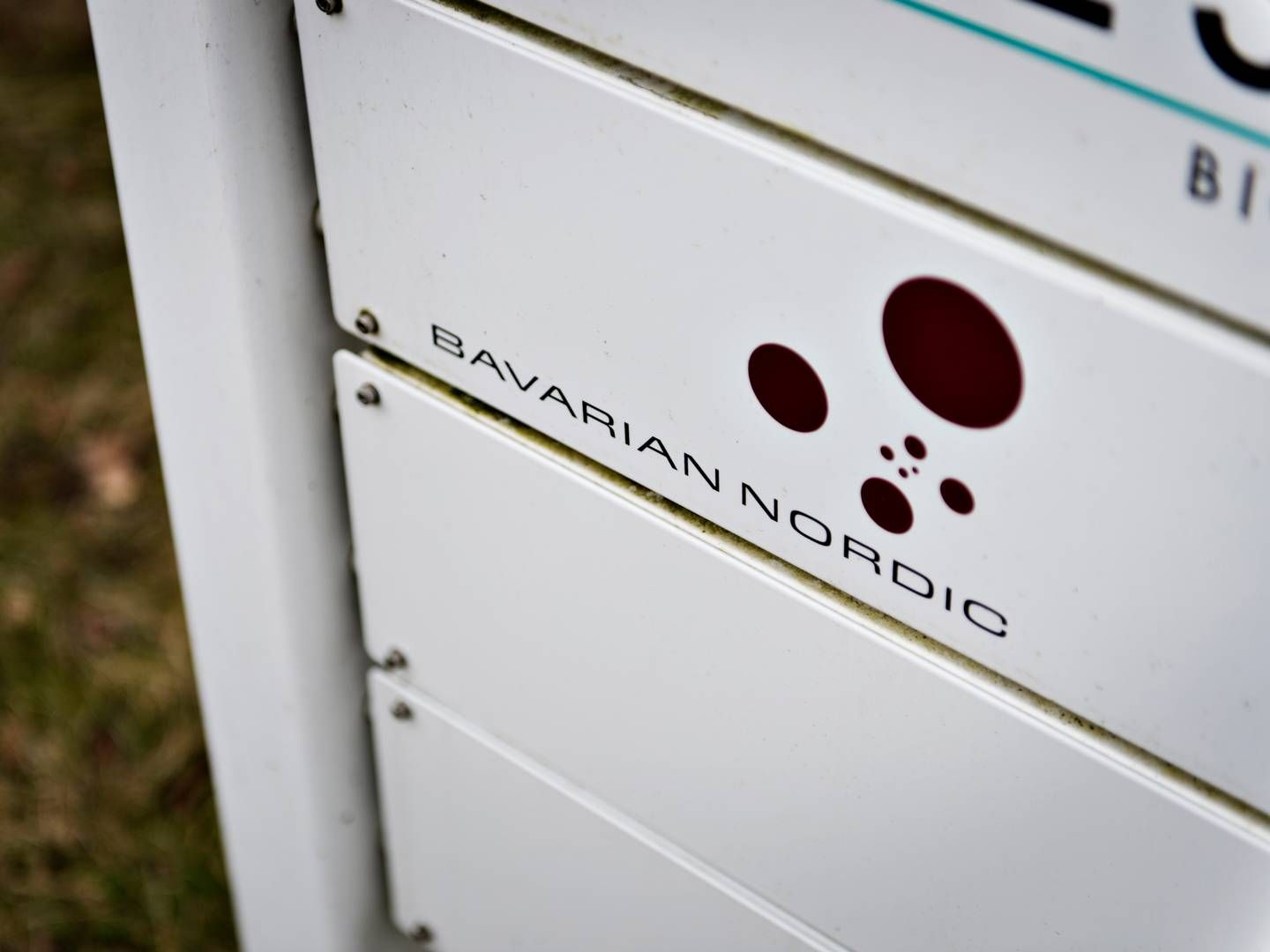IEA: Efficient energy utilization could help achieve a third of 2030 targets

There's huge potential in improving utilization of energy that we already use.
Having calculated the benefits, the International Energy Agency contends that we are able to reduce our CO2 emissions by an additional 5 gigatonne per year from 2030 onwards compared to current emission levels under the current regulatory framework.
This corresponds to approximately a third of the total emissions that need to be cut by 2030 as part of the net-zero emissions scenario for 2050, which the IEA laid out in 2021 on behalf of organization’s 31 member nations across the globe.
In more technical terms, the IEA notes that the current rate of energy intensity improvements must double from the current 2% to 4%. This is evident in the newly released report ’The Value of Urgent Action on Energy Efficiency’, the release of which coincided with the IEA’s seventh global conference on energy efficiency.
The conference draws high-ranking politicians from member nations and the EU such as EU Commissioner for Energy Kadri Simons as well as corporate leaders from near and far to present perspectives on energy efficiency measures and accelerate the transition, particularly related to better energy utilization.
The conference takes place in the Danish town of Sønderborg, where co-organizer Danfoss has helped put Denmark on the map when it comes to existing technologies that need to be employed on a global scale.
Growing population and increasing energy demand
The report is accompanied by a ten-point plan intended for politicians. The aim is to help member nations realize the IEA’s plan, which has potential to reduce the energy demand by 5% in 2030. This figure must be viewed in the context of the economy growing by an estimated 40% by that year as well. If we continue doing business as usual without taking greater energy efficiency into account, energy demand is instead expected to increase by almost 20%.
Another figure, which can explain the benefit of following the IEA’s recent plan, is this: We can economize on almost 30 million barrels of oil per day, which equates to nearly three times the daily oil output level of Russia in 2021.
Yet another figure to illustrate the benefit is this: It could save us 650 billion m3 of natural gas per year. This is almost four times the amount of gas imported by the EU from Russia per year based on 2021 figures.
Moreover, it would help lower costs of electricity and heating for consumers, lead to fewer trees being cut down for biomass and slash air pollution, writes the IEA in the report.
The IEA highlights four columns for realizing the energy efficiency potential. Such requires increased electrification, behavioral changes, digitization, and better utilization of physical materials in various industries.
Specifically, the intergovernmental organization highlights technologies such as efficient heating pumps for the industry, a quicker transition to electricity-powered cars, and behavioral changes, such as turning down the heat and changing travel habits, as some of the pieces of the big puzzle.
EU, IEA urge energy austerity to reduce Russia energy dependence
IEA proposes car-free Sundays in response to oil deficit
Danfoss CFO despite supply chain woes: ”We have many records ahead of us”
Hydrogen lobby CEO sees Denmark’s chance to become ”a kind of green Kuwait”



















.jpg&w=384&q=75)





